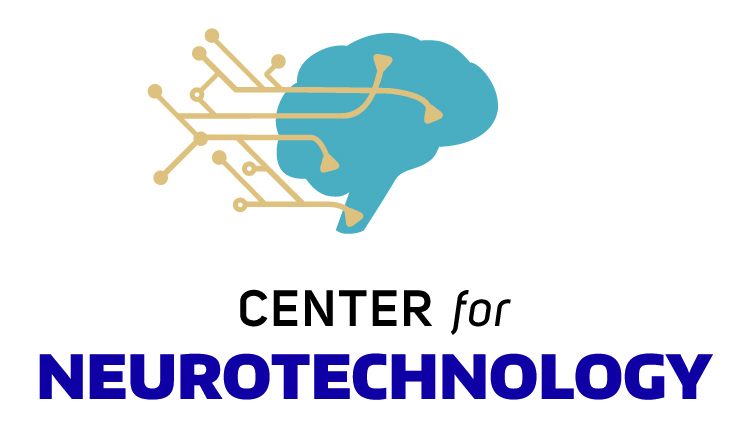Electrode and Flexible Fiber Advances Allow New Ways of Interfacing with the Brain
Outcome/Accomplishment
Glassy carbon electrodes and sensors coupled to polymer fibers are aiding better treatment and monitoring of brain activity and disorders. Both were developed at the NSF-funded Center for Neurotechnology (CNT), an Engineering Research Center (ERC) at the University of Washington.
Impact/Benefits
Advances like these lead to an innovative class of neural devices, allowing researchers to discover new ways to help the brain and spinal cord recover and heal after injury.
Explanation/Background
Conventional electrodes are typically made from metals including platinum or iridium oxide, which are subject to the buildup of scar tissue that limits their use to about eight weeks. Researchers at San Diego State University (SDSU), a CNT member, developed the glassy carbon material and are developing ways to wirelessly clean corrosion from the devices, extending their usefulness as implants. These electrodes also emit and receive stronger signals and were demonstrated to be unaffected by MRI scans.
Location
Seattle, Washingtonwebsite
Start Year
Biotechnology and Healthcare
Biotechnology and Healthcare
Lead Institution
Core Partners
Fact Sheet
Outcome/Accomplishment
Glassy carbon electrodes and sensors coupled to polymer fibers are aiding better treatment and monitoring of brain activity and disorders. Both were developed at the NSF-funded Center for Neurotechnology (CNT), an Engineering Research Center (ERC) at the University of Washington.
Location
Seattle, Washingtonwebsite
Start Year
Biotechnology and Healthcare
Biotechnology and Healthcare
Lead Institution
Core Partners
Fact Sheet
Impact/benefits
Advances like these lead to an innovative class of neural devices, allowing researchers to discover new ways to help the brain and spinal cord recover and heal after injury.
Explanation/Background
Conventional electrodes are typically made from metals including platinum or iridium oxide, which are subject to the buildup of scar tissue that limits their use to about eight weeks. Researchers at San Diego State University (SDSU), a CNT member, developed the glassy carbon material and are developing ways to wirelessly clean corrosion from the devices, extending their usefulness as implants. These electrodes also emit and receive stronger signals and were demonstrated to be unaffected by MRI scans.

